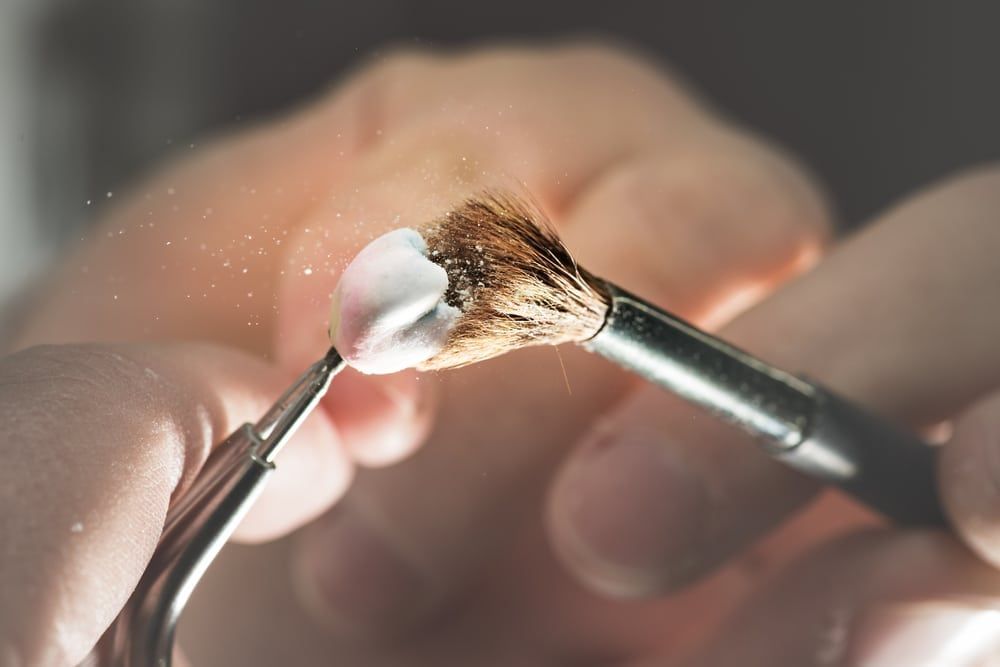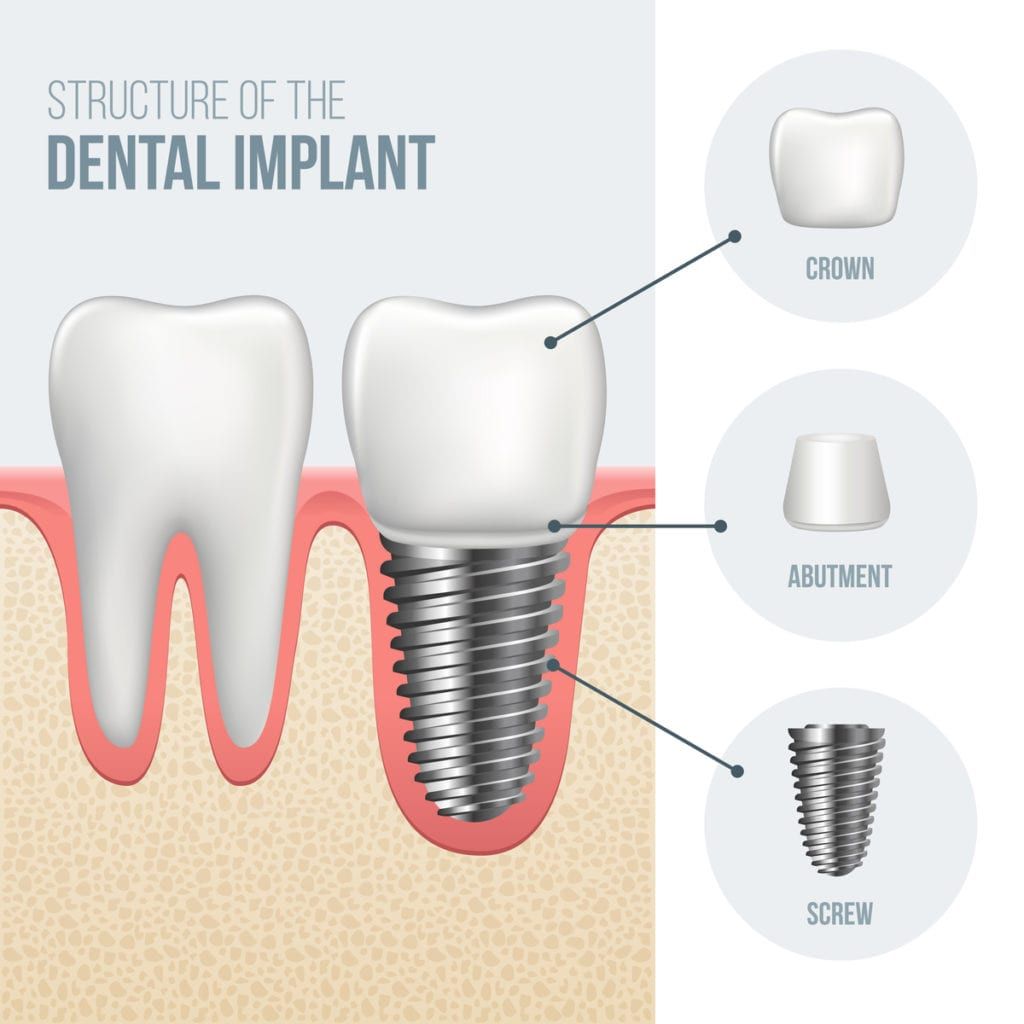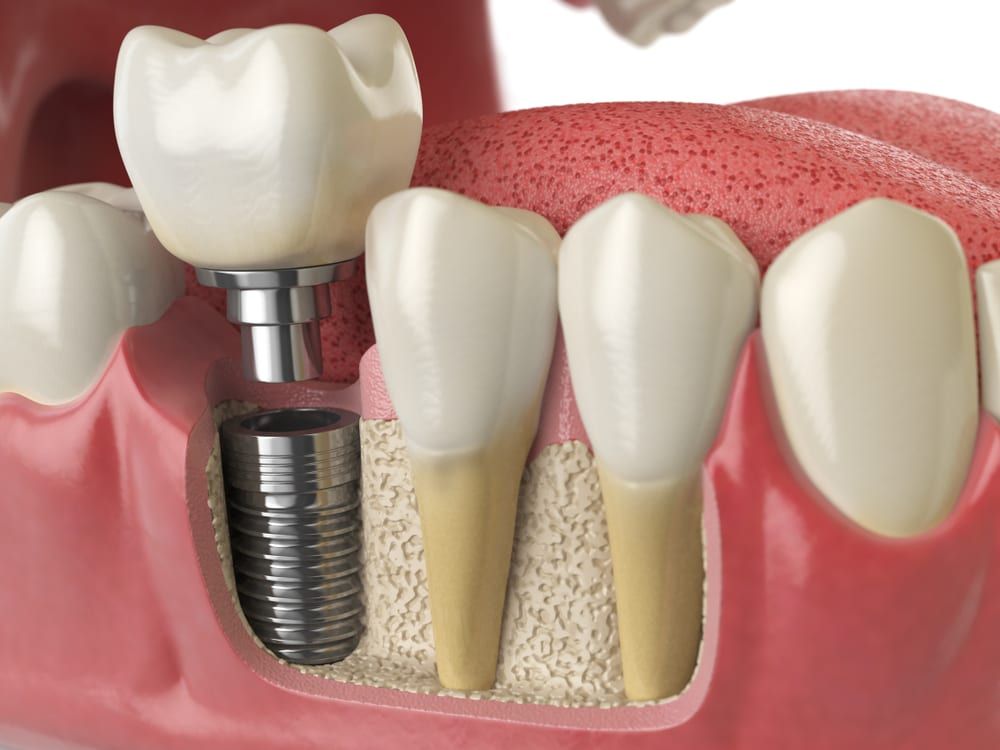Dental veneers – also known as laminates – are used to cosmetically enhance the appearance of one or more teeth. Veneers are very thin, porcelain or resin shells that are customized for a desirable color and shape. They are bonded to the surface of the teeth to reshape broken, misshapen or irregular teeth, as well as provide a solution for discolored teeth that do not respond to traditional whitening treatments. Patients with veneers typically achieve a natural tooth appearance that is well-tolerated by the gums and also resistant to future stains.
Dental veneers are a conservative way of completely making over your smile? In fact, veneers are a go-to cosmetic procedure that has become popular with celebrities who want a brighter and more symmetrical smile. Miley Cyrus, Hilary Duff and Ben Affleck are just some of Hollywood’s elite who have seen a cosmetic dentist for laminates. Fortunately, affordability and accessibility make it easy for anyone to get dental veneers – including patients.
Dental veneers may be right for you if you are looking for an alternative to crowns and caps. Veneers can help you if you have gaps between your teeth or teeth that are broken, chipped, irregularly shaped or misaligned. To find out more about whether dental veneers are right for you, contact a cosmetic dentist to schedule a consultation.
Before dental veneers can be placed on the teeth, the surface of the teeth must be prepared for bonding. After administering a local anesthetic, your dentist will buff away approximately half a millimeter from the surface of the teeth. You’ll then bite into a mold that will be used to form your veneers in a dental lab. When the veneers are ready, you’ll be asked to return to have them fitted, bonded and adjusted for shape and color.
There is no special care required for dental veneers, and normal brushing and flossing can be resumed immediately. Because veneers are usually placed over the course of two appointments, it is normal to experience some sensitivity between the first and second visit when the teeth have been reduced in preparation for bonding
Teeth whitening procedures are used to brighten the appearance of a patient’s smile – sometimes by as many as 5 to 10 shades in a single session. According to the American Dental Association, teeth whitening procedures have become some of the most popular esthetic dental treatments among patients throughout the country, including. Professional teeth whitening services can be performed in an office setting or prescribed for take-home use by a patient. In comparison to over-the-counter teeth whitening treatments, professional whitening uses stronger whitening agents that deliver faster and more effective results.
Teeth naturally darken as we age. Furthermore, certain foods, beverages, medications and habits can contribute to a darker, yellowed, or stained smile. However, it is possible to erase years of stains in a single professional whitening session and sustain those results for many years with proper maintenance. According to the American Academy of Cosmetic Dentistry, professional whitening is best maintained by a combination of good oral care and take-home whitening treatments as recommended by your dentist.
You may be a candidate for professional teeth whitening if you are experiencing discoloration, but otherwise have healthy teeth and healthy gums. Schedule a consultation with a dentist to find out if tooth whitening could be right for you. Some patients, such as those who are pregnant or sensitive to whitening agents, may not be candidates for professional whitening.
Teeth whitening consists of a thorough cleaning and polishing of the teeth, with all debris carefully removed. Your dentist will then protect your gums before applying a whitening agent to the surface of your teeth. The product will be activated and left on the teeth for several minutes before being washed off with water. Your results will vary according to the natural shade of your teeth and degree of discoloration, but it is normal for patients to experience a lightening of several shades in a single visit.
It is normal to experience some tooth sensitivity following a professional whitening treatment. You may be instructed to avoid consuming highly pigmented beverages for at least 24 hours to prevent the teeth from becoming stained again. Examples include tea, coffee and wine. Depending on your results and long-term teeth whitening goals, you may also be sent home from your procedure with an at-home whitening kit for later use.
Composite fillings – also known as tooth-colored fillings – are dental restorations designed to be inconspicuous and natural in appearance. They blend well with the teeth and appear more natural than amalgam fillings, which are darker and more easily seen by other people. Composite fillings are made of ceramic and plastic compounds that chemically bond to the teeth. They can be used to fill in decayed areas of the teeth, as well as to help repair chipped or broken teeth. Most dentists use composite restorations to treat the teeth closest to the front of the mouth, as they are more noticeable when patients smile. However, advancements in dental technology and the composition of composite fillings have made it possible for dentists to also use tooth-colored fillings on molars, which receive more wear than other teeth.
Composite fillings allow dentists to preserve more of the natural tooth structure? This is because composite materials chemically bond to the surface of the tooth like an adhesive. The process takes slightly longer to complete than traditional amalgam fillings, but patients can preserve more of the natural portion of the teeth while enjoying a restoration that is discreet and understated.
If you have a cavity, broken tooth, or a deteriorated filling, you may be a candidate for a tooth-colored filling. Schedule a dental consultation to find out if composites are right for you.
During your visit, your gums and teeth will be anesthetized with a local anesthetic near the site of the filling. Once the area is numb, the decayed or damaged portion of your teeth will be removed to make room for the new tooth-colored filling. A resin will be placed over the area and cured with a hand-held light for less than a minute. The new filling will then be shaped and polished before the procedure is complete.
Composite fillings are cured with light at your dentist’s office. You should be able to return to normal activity and oral care immediately after your visit. It’s normal for treated teeth to experience some sensitivity to hot and cold in the days following treatment, but sensitivity that persists beyond a week should be reported to your dentist.

Dental crowns and bridges are custom-fitted tooth prosthetics that are used to replace or restore damaged or missing teeth. The recommended material of choice are all Porcelain Crowns. Not only do they look better esthetically, but they are also healthier for your teeth.
If you have a tooth that is damaged or decayed, but still intact, a dental crown may be right for you. If your tooth is missing, but its former position is surrounded by other tooth structures, a bridge may be the solution for you. Schedule an office consultation to determine whether you could benefit from crowns or bridges.
If you are a candidate for a crown or bridge, your teeth will be reduced to ensure a proper fit. An impression will then be taken of your bite and used to fabricate a mold for the crown or bridge. If you are choosing porcelain prosthesis, its color will be matched to the natural shade of your other teeth. If a dental lab is making your crown or bridge, you may be fitted with a temporary restoration until the permanent one is ready for placement.
Your teeth will need time to heal following the crown and bridge placement process, so it is normal for you to experience some sensitivity – especially to hot and cold. Additionally, you may experience soreness in the gums surrounding your restorations, though this is usually manageable with ibuprofen and should subside within a few days
A Dental Implant is a combination of 3 components to replace a missing tooth.


At Fresh Dental, Dr. Saesim utilizes 3D Cone Beam Technology, Digital Planning Software, and Surgical Guides to ensure accuracy when placing Dental Implants, which results in excellent long term prognosis and minimal post operative pain.
ARE DENTAL IMPLANTS RIGHT FOR ME?
You may qualify for dental implants if you have missing, broken or severely decayed teeth and are in relatively good overall health. The only way of determining your eligibility for implants is to consult with your dentist to identify whether you have adequate bone support and healthy gums that will support the new tooth structure.
WHAT SHOULD I EXPECT IF MY DENTIST AND I DECIDE DENTAL IMPLANTS ARE RIGHT FOR ME?
The placement of dental implants is a multi-step process that typically takes between 6 and 9 months to complete. It begins with a surgical procedure during which a titanium rod is placed where a previous natural tooth root once was. The gums are sutured shut over the implant, where is will stay for several months while it heals and begins fusing with the surrounding bone. Due to the nature of implant placement and its average procedure time of between 1 and 2 hours, you’ll be sedated and/or anesthetized for the duration of the treatment. At the conclusion of the healing period, you’ll return to be fitted for permanent crowns and have them placed.
WHAT TYPE OF POST-TREATMENT CARE WILL I REQUIRE?
It is normal to experience some discomfort, including bruising and swelling following a dental implant procedure. However, inflammation and pain may be managed with over-the-counter medications, hydrocodone, or codeine. You may be asked to eat only soft foods for approximately 2 weeks until the surgical site heals
Inlays and onlays are dental restorations that are more extensive than dental fillings but less so than caps and crowns. They are typically formed in a dental lab and are made of gold, porcelain or resin depending on the patient’s needs and aesthetic goals. An inlay refers to a restoration that is formed to fit the center of a tooth, whereas an onlay refers to a restoration that encompasses at least, one cusp of the tooth. Both inlays and onlays are bonded to the surface of damaged teeth and matched to the color of the surrounding teeth.
Inlays and onlays can serve as alternative treatments to dental crowns when you have a broken or damaged tooth? When fillings are not enough to adequately repair a tooth, an inlay or onlay can be custom-created to fit securely onto the tooth’s surface. Depending on the materials used, the restoration can be created to appear natural and will have the same function of an organic tooth. Inlays and onlays have extremely high success rates and because they are custom made for each patient, most last longer than traditional fillings.
You could be a candidate for an inlay or onlay in if you have moderate tooth damage or decay and are in search of an alternative restoration option to a crown or cap. Schedule a dental consultation for a complete examination and to find out if an inlay or onlay is right for you.
Your inlay or onlay restoration will be completed over multiple dental treatments. First, your tooth will be prepared for treatment, and an impression will be taken to serve as a mold for your new restoration. You may be fitted with a temporary restoration while your permanent inlay or onlay is fabricated. Once completed, you will return to have the temporary restoration removed and the permanent one bonded to the surface of the teeth.
Special care needs to be given to your teeth while temporary restorations are in place. It is important to avoid sticky or hard foods that could cause significant damage to temporaries. Once you receive your permanent inlay or onlay, you can resume normal eating, brushing and flossing habits.
Dental bonding is a non-invasive procedure that adheres a composite (tooth colored) resin to the surface of your teeth. It helps to create a brighter, more aesthetically pleasing smile without the use of prosthetics like dentures and tooth implants.
This procedure is most commonly used to treat teeth that are cracked, decayed, or discolored. It can also be used to make teeth appear longer and close spacing between teeth.
Dental bonding is one of the most affordable and quick cosmetic procedures that can be done to improve the appearance of your smile. In fact, within one visit you could get a more attractive smile and a boost in self-confidence!
Dental bonding is a great option for individuals who want an attractive smile, but do not want to undergo an invasive procedure like dental implants. If you have minor chips, cracks, and fractures in your teeth, discolored teeth, or decay that can be built upon, dental bonding might be a great option for you.
Ultimately, it’s important to consult with the dentist to determine if you’re a candidate.
Teeth that have undergone dental bonding can still be stained from things like coffee and tea. To avoid this, it’s advisable to avoid drinking any of these beverages for at least 48 hours after undergoing the procedure. Additionally, you can extend the life of your bonding by brushing regularly and visiting the dentists every six months.
When properly cared for, dental bonding can last up to ten years. You’ll get the most out of it by following a healthy oral hygiene routine, avoiding hard candies and chewing on ice, and staying away from food and drink that could stain your teeth. If you happen to enjoy a cup of coffee or tea, be sure to brush immediately afterward.

Your smile is the first impression that others have of you, so it makes sense that you would want it to be bright, white and healthy. According to the American Academy of Cosmetic Dentistry, more than 99 percent of all American adults believe that a smile is an important asset for social situations.
You may be a candidate for cosmetic dentistry if your healthy teeth have imperfections that you would prefer to be changed to enhance the appearance of your smile. It is important to recognize that esthetic dental treatments are not meant to alter your overall appearance, but rather to provide a positive change that compliments the health and natural appearance of your teeth. If you think cosmetic dentistry is right for you, contact our office today to schedule a consultation.
Due to great strides in dentistry, cosmetic, restorative and general dentistry can overlap in a single visit. You can expect Dr. Saesim to discuss health implications, as well as esthetics at your appointment.
There are many types of cosmetic treatments available, from in-office teeth whitening to total smile make-overs. The types of treatments available to you will depend on your overall goals, but may include professional whitening, tooth-colored fillings, bonding, crowns, veneers, or dental implants.
You will receive special care instructions following your treatment. For example, if you have your teeth whitened you should avoid highly pigmented beverages and foods for several days to prevent staining. On the other hand, a dental implant make-over may require a significant amount of down time, as well as a temporary, but limited diet